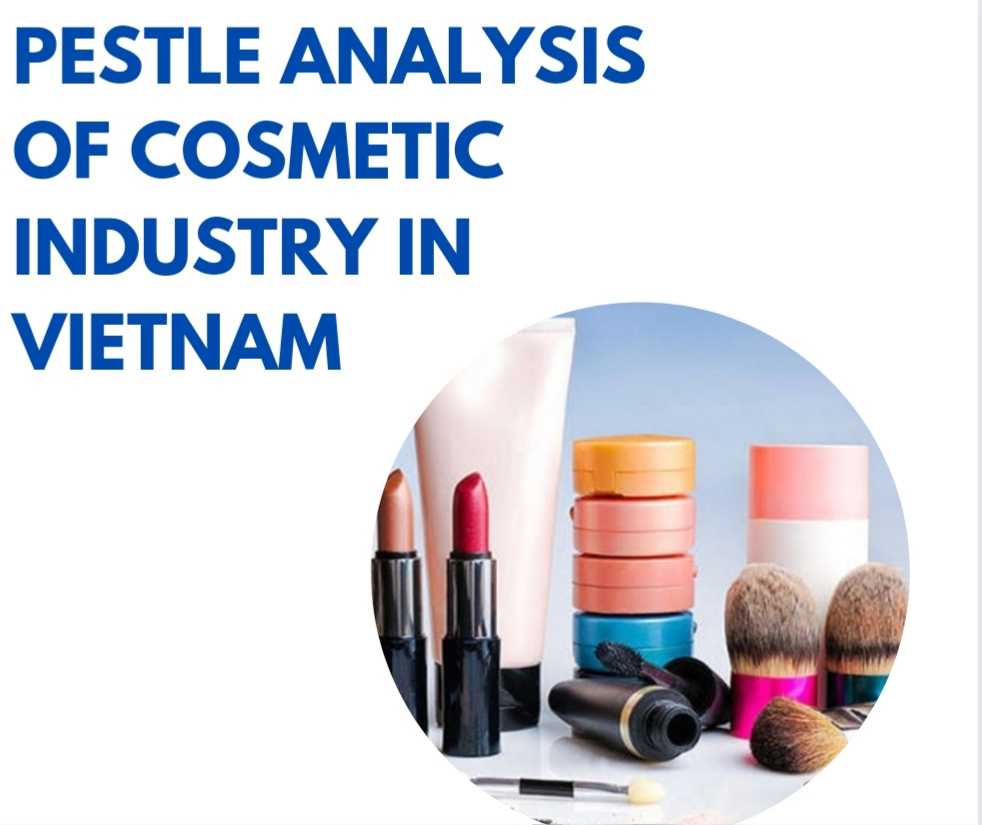Analyzing the cosmetic industry in Vietnam through a PESTEL lens provides valuable insights into the external factors shaping its landscape. Vietnam’s cosmetic market is undergoing rapid transformation, driven by a combination of Political, Economic, Social, Technological, Environmental, and Legal influences. Political stability and government policies regarding trade and investment impact market entry and regulatory frameworks. Economic factors such as GDP growth, disposable income levels, and consumer spending patterns dictate market demand and purchasing power. Social trends, including beauty ideals, cultural preferences, and lifestyle changes, influence product preferences and marketing strategies. Technological advancements in manufacturing, distribution, and digital marketing are reshaping the industry’s competitive landscape. Environmental concerns, such as sustainability and resource management, are increasingly driving consumer choices and regulatory requirements. Legal factors encompass regulations governing product safety, labeling, advertising, and intellectual property protection. By examining these factors holistically, stakeholders gain a comprehensive understanding of the opportunities and challenges within Vietnam’s dynamic cosmetic market, informing strategic decision-making and fostering sustainable growth.
Table of Contents
TogglePolitical Factors of Cosmetic Industry in Vietnam
Political factors play a crucial role in shaping the cosmetic industry in Vietnam, influencing market dynamics, regulatory frameworks, and business operations. The Vietnamese government’s policies and regulations regarding trade, investment, and market entry significantly impact the industry’s growth and development. Political stability and the government’s commitment to economic reforms create a conducive environment for domestic and foreign investment in the cosmetic sector.
Additionally, Vietnam’s participation in regional and international trade agreements, such as the Comprehensive and Progressive Agreement for Trans-Pacific Partnership (CPTPP) and the ASEAN Economic Community (AEC), shape market access, tariff rates, and regulatory harmonization for cosmetic products. These agreements facilitate cross-border trade and investment, expanding market opportunities for cosmetic companies operating in Vietnam.
Moreover, government regulations regarding product registration, safety standards, and labeling requirements influence market entry and compliance costs for cosmetic manufacturers and distributors. Regulatory enforcement and changes in policies can impact business operations and market competitiveness within the industry.
Furthermore, government initiatives to promote domestic production, technology transfer, and research and development may influence the localization of cosmetic manufacturing and innovation in Vietnam. Collaboration between the government and industry stakeholders is essential for addressing regulatory challenges, promoting sustainable growth, and enhancing the competitiveness of the Vietnamese cosmetic industry on the global stage.







